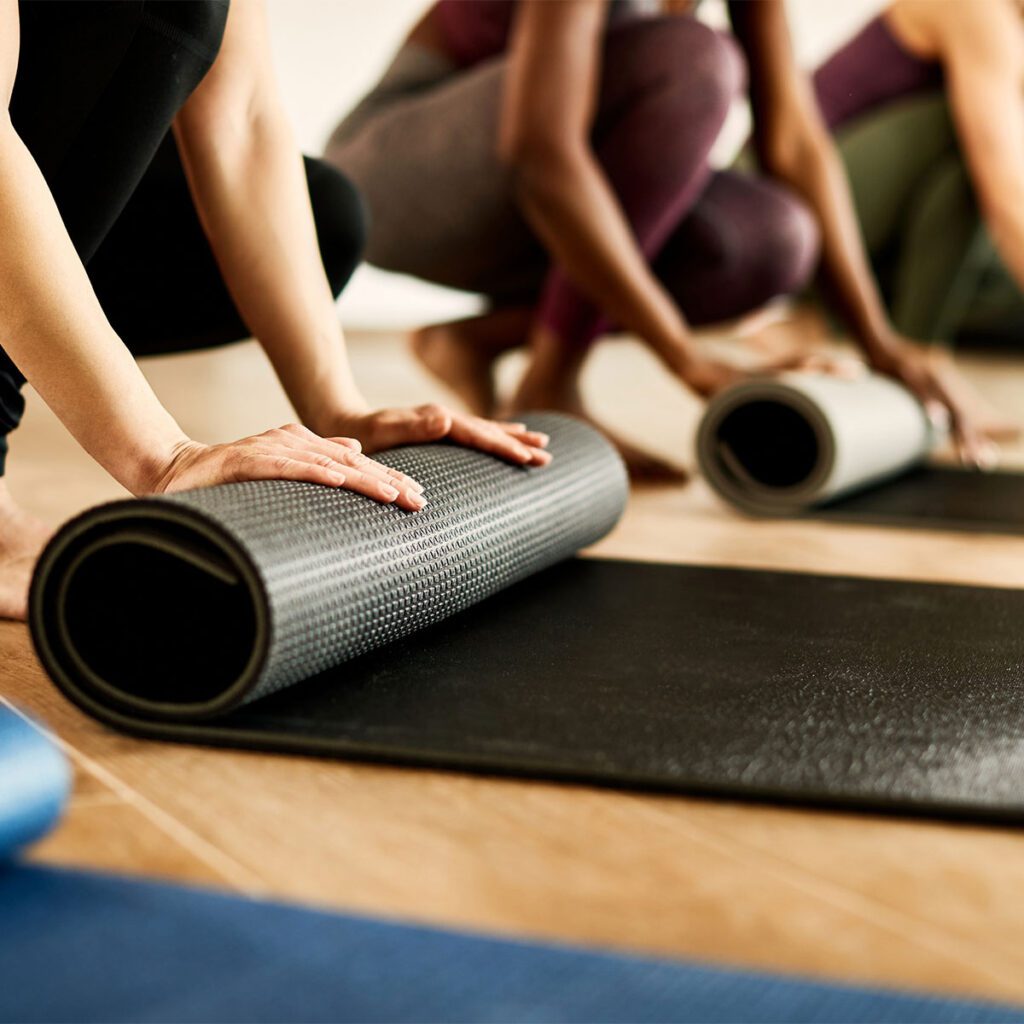Strengthen Your Core-Balance Your Body
Pilates is on the rise in the United States, growing from 1.7 million practitioners in 2000 to well over 10 million today. This exponential growth is due to the practical nature of Pilates, the far-reaching benefits and the universal appeal.
Pilates was founded by gymnast Joseph Pilates in Germany in the early 20th century. He believed in the concept of mind-body fitness, a philosophy that links the mental and physical health of the human body together. He applied his philosophy, which he called Contrology, to a method of exercise that was successful in helping injured soldiers expedite the recovery process.
Pilates continued to practice and teach his methods for the duration of his life. Concepts based on his philosophy were later created by instructors and called the Pilates principles. There are several variations of Pilates principles, but essentially they include: proper alignment, centering, concentration, control, precision, breathing and flow.
Today, Pilates classes can be found in gyms and studios across the world. One such studio is Pilates Tonic on North Market in Chattanooga. Sydney Craig, owner and instructor, provides a practical definition of Pilates.

“The main focus of Pilates is the spine and the muscles directly related to the spine, which are considered your local core muscles,” Craig says. “The process, when taught and performed correctly, will not only strengthen your core, but will also balance your body and help you move through your daily life more proficiently. That is one of the greatest things about the method – it is based on normal and natural ranges of motion, so it directly translates to daily living.”
There are many different variations of Pilates: Fletcher Pilates, Traditional Pilates, Stott Pilates, Winsor Pilates, Power Pilates and Rael Pilates. They each maintain the basic principles of core strengthening, body awareness, breathing, flexibility and control. The benefits of these principles are far-reaching.
Colleen Carboni, owner and lead instructor at Pilates Chattanooga on McCallie Avenue, explains: “Our lifestyles wreak havoc on our ability to stand up and sit properly and have that strong core. Pilates is more of a training than an exercise. We fall into habits of using our strong muscles and avoiding the weaker ones, which tend to be our core. Finding those small, weak muscles and strengthening them benefits everyone in every aspect of their lives.”
Increased flexibility, better balance, improved posture and coordination, and better protected bones are among the many benefits of Pilates. However, Pilates seems to be plagued with misconceptions. Some men believe it is an exercise only for women. Some athletes think it is too easy for them. Some “fitness-challenged” people think Pilates is too hard, and others mistakenly believe it is linked to a particular religion. None of these statements are true. Pilates can benefit everyone and is appropriate for all fitness levels.
Teresa Wade, director of operations for the Sports Barn in Chattanooga, encourages everyone to take advantage of the benefits of Pilates. “Pilates benefits everyone – from people who really need to work on developing their core and flexibility to those with back injuries and athletes who want to improve upon their overall fitness level,” she says. “It is appropriate and accessible for all.”
Unlike exercises such as running and spinning, which require a certain level of fitness, Pilates is something that anyone – regardless of weight, fitness level, age or gender – can do.
“Pilates translates directly into your life, no matter who you are or what you do,” says Craig of her clients at Pilates Tonic. “We have male and female clients of all shapes and sizes. Our youngest client is 17 and our oldest will be 88 this year.”
If back pain is a problem, Pilates can improve posture and muscle support around the spine, providing relief for many back injuries and other ailments.
For some, starting any exercise program is a daunting task. Walking into a room full of “lean, mean Pilates machines” can be very intimidating for a novice. It is for this reason that instructors recommend taking a beginner’s class prior to joining a regular class.
“I have a Pilates 101 class for all new students,” says Carboni. “They come in and do a private session. I learn their individual concerns and we come up with a plan for how they can incorporate Pilates into their daily lives.” According to Carboni, this plan may or may not include group exercise classes in the beginning; it’s all about finding the appropriate path for each individual.
Once a comfortable program is put into place, anyone can use Pilates to strengthen, control and improve the function of their bodies.

